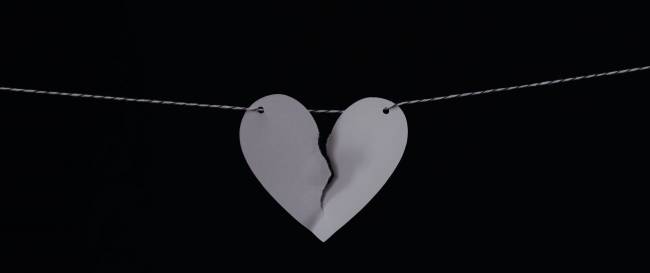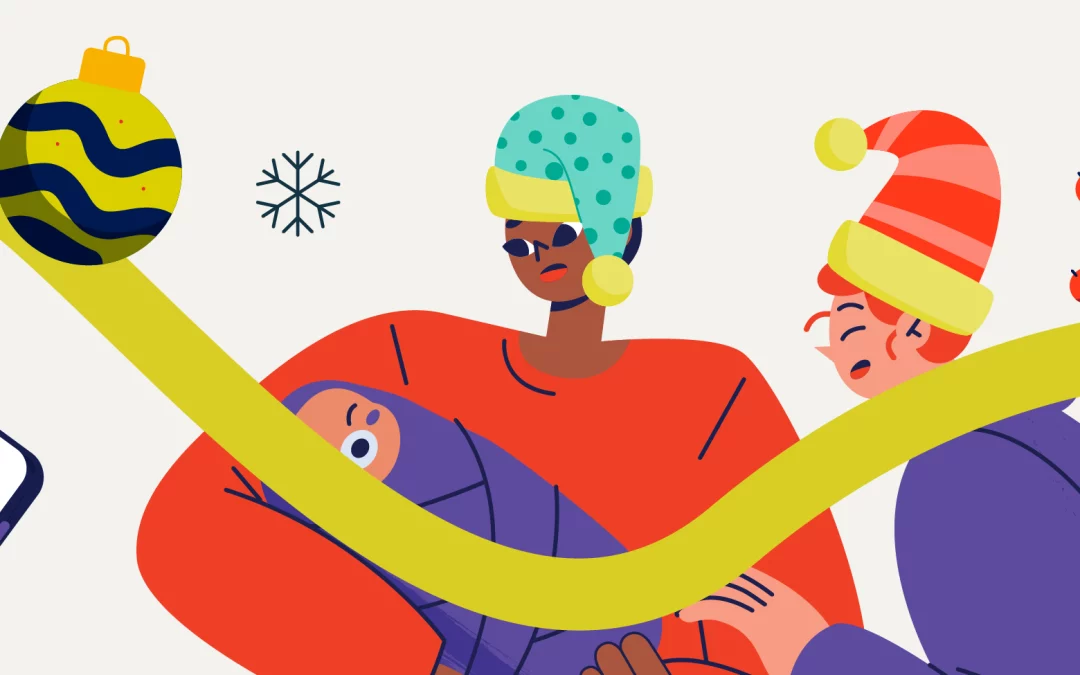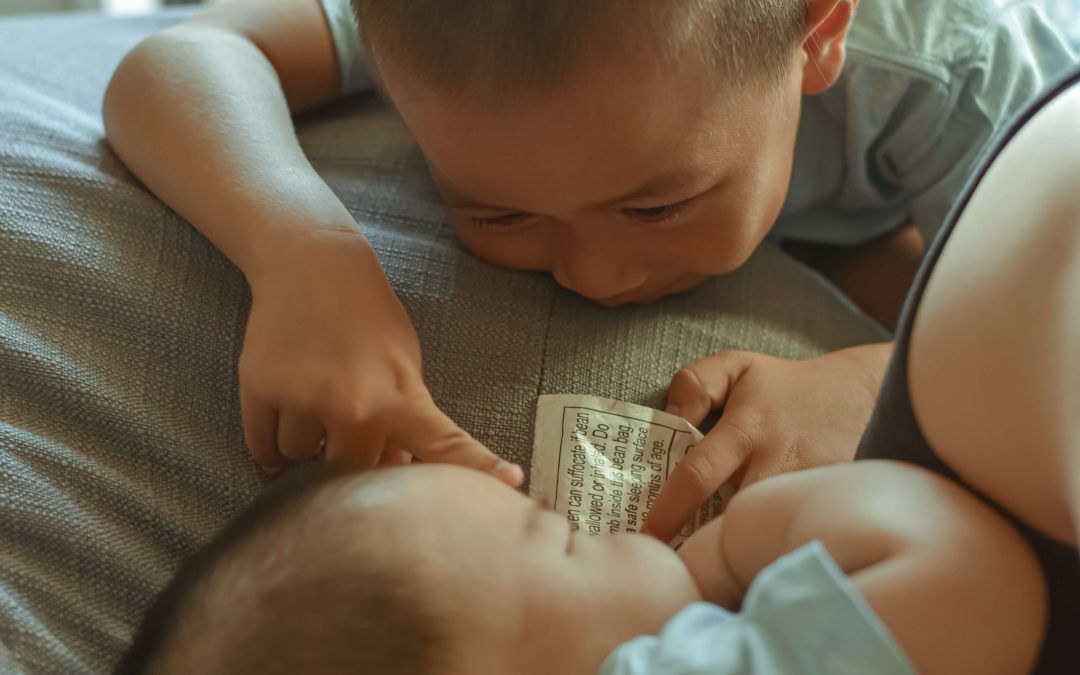“The work I do with parents is challenging. They know that their family are facing problems. (That is why they are asking for support). However, they often believe that the problem lies with the child, not with them as the parent. Most people who work with families would argue that for much of the time, it’s the other way around”.

Read on as Ian Soars explains how to divorce well.
If you are planning a divorce what follows is important, will work, will transform your life and (hopefully) leave you full of hope. But before I get there I have to give you some difficult news. I’m going to start by challenging the way you think about your kids and particularly how you think about them in the context of divorce. .
To do that I am going to do a whistle-stop tour of a child’s mind and heart. Firstly, let’s think about the human brain..

In the front of our head we have the prefrontal cortex, where we reason, where we do Maths for instance.
Then there is the Limbic System, the bit between your ears. It is the seat of your emotions.
There are two things I find fascinating about the Limbic System:
1 – it has no capacity for language
2 – it is where you make all your decisions
Some of you will be like
no
no
NO
I make my decisions rationally, I use my pre-frontal cortex.
No, you don’t.
You make your decisions emotionally.

Car advertisers know this, they don’t show you the technical specification of the car. They show you a car being driven by a beautiful person in the mountains. We want to be that person, driving that car.
We buy the car.
Why…. because the advertisers didn’t speak to our pre-frontal cortex they spoke to our Limbic System.
Still not with me?
OK, here is another thought experiment.
Read this…
I LOVE YOU
How did you feel reading that?
You are thinking… he doesn’t know me; I don’t really care about him. You processed that information in your pre-frontal cortex.
If on the other hand, we met, I did your washing up, mowed your lawn, looked after your kids and cooked for you and then said I love you… you might believe me.
Why?
Because I showed you, nothing to do with information. I showed you that I love you. Now if that is true for us, how much truer is it for our children.
How does a child know you love them? Just because you say the words….
NO!
Love isn’t something we say, it’s something we do. The words “I love you” are processed by the prefrontal cortex simply as data. It is authentic actions that speak to our emotions.
Here is the bit about your child’s heart.
When you hold your baby for the first time their eyes are perfectly ready to focus on your eyes. Parents show them, I am here for you, I will never leave you and the baby begins to feel secure and develop a sense of self. The first three years of this attachment are key and the constant repetition of showing you are there for them and they can depend on you has a dramatic effect. A child with good attachment will make friends easily, go to school happily, will enter the world of social media and not feel overwhelmed by comments on their body shape. A scan of a child’s brain at three years old with good or poor attachment can show a size discrepancy of as much as 20%. .
When you show your child you love them, you are making them resilient.
The problem with Divorce, (and if this is a tough read for you please keep going as I have a solution), is that when we sit down with our children and say ‘Mum and Dad are getting divorced but I still love you’. That information is being processed by the pre-frontal cortex as information.
Then you walk out of that front door.

That action speaks directly to your child’s Limbic System. You are showing them you are not there for them.
That is painful.
If handled poorly, years of time and love developing good attachment can be swept away harming their sense of identity. They might think you don’t love them, as your actions are speaking far louder than any words.
The teenage brain around the age of 12 or 13 is built to separate from us. That ability for teens to grow independence becomes an act of survival aged four. Young children are complete egotists, their world revolves around them which means when anything happens to them, they are inclined to think it is their fault.
So saying ‘we’re going to get divorced it is not your fault’ is meaningless.
You need to show them.
Saying ‘Mummy and Daddy don’t love each other anymore’ doesn’t work because it can be interpreted as if you don’t love each other then one day ‘you might not love them anymore’.
When we are divorcing, we need to work out how to protect and rebuild attachment and one answer is simple but hard and it is child-led play.
What is child-led play? .
It doesn’t mean buying expensive toys.
Child-led play means getting on the floor and listening to your child. If they want to build a F1 car out of yellow blocks, build the car. Observe them and let them lead. Respond positively. Get your wellies on and play even though it’s raining. When you play your body language is talking to their Limbic System. You are shouting with every bone of your body that they are your number one priority.
Love comes with sacrifice. We want it all and we can’t have it all, but we can get to love.
How can you tell your children you are going to divorce?
- Tell them together, one united front.
- Put the work in before you tell the children and agree how you will co-parent
- Be clear about how your children’s time will be shared.
- Agree as many common house rules as you can.
- Keep as much the same as you can – schools, bedrooms, homes, grandparent access.
- Do NOT blame each other; it may make you feel better in the moment but shakes your child’s faith in their only real rock.
- Do parent evenings, school matches together.
- Commit to spend MORE time with them…not less
- Give time for your children to say what they are feeling. It will be painful…but don’t close them down.
- Play the long-game. You children may be angry/hurt now understand this and make room for it. It will shape how they view you when they are older and how they communicate with you then.
Fegans sees 400 children in our counselling rooms each week and the number one reason for referral is family breakdown. Divorce is your opportunity to make sure you focus on your kids. Learn their favourite colour, their favourite teacher, their friends’ names, what they hate about themselves. A parent who does that is beginning to speak directly into a child’s Limbic System. Your divorce is going to change your and your kid’s life, make it a positive change.
Show them you love them.
Thanks for reading this far, be in touch if we can support you further.









